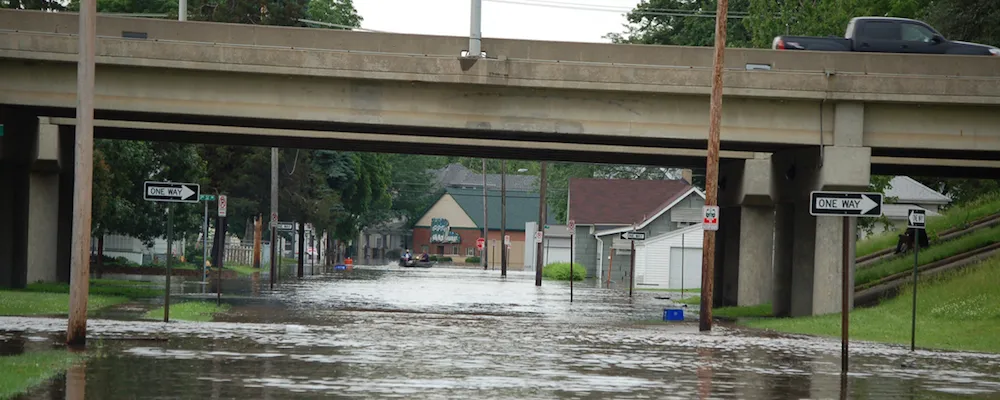Flooding Risk and Environmental Justice
Saturday September 26, 2015



A fantastic open access article in Environmental Research Letters explores the consequences of flood risk by socioeconomic group. The study focuses on the Miami-Dade MSA and provides an assessment showing racial and ethnic minorities are more likely to see increased flood risk that poorer communities:
Furthermore, the inequitable exposure of neighborhoods with greater percentages of non-Hispanic Blacks, Hispanics as a whole, and the Hispanic subgroup of Puerto Ricans to inland flooding suggests that these socially vulnerable residents are residing in flood zones that lack indivisible water-related amenities. Amenities associated with coastal flood zones must outweigh the hazards if individuals of lower social vulnerability, such as non-Hispanic Whites and those with lower neighborhood deprivation, reside there. Conversely, racial/ethnic minority and low-income residents are often constrained in their choices for housing location and thus relegated to neighborhoods exposed to inland flood risk that lack water-related amenities.
This is part of a growing body of literature on the distributional effects of natural disasters. With respect to flooding, there’s Affordability of National Flood Insurance Program Premiums, the Massachusetts study I blogged about in June, and my own dissertation, among others.